Basic Ways to Avoid Food Poisoning and Illnesses at Home
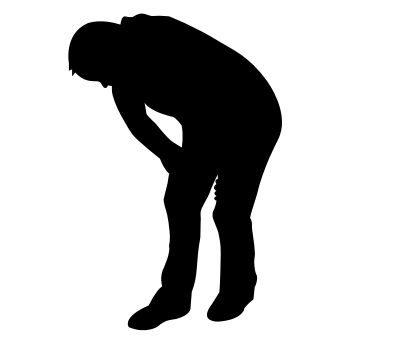
Statistics from the Department of Food Safety say that around 20 percent of reported food poisonings happen at home. While that number may seem low, we must remember that this number includes only reported food poisonings. Not a great statistic if you are the one who was counted in that 20 percent either. Food poisonings can not only make you miserably sick, but can also potentially kill you. That is why it is important to stay alert and vigilant about standards when handling food at home. There are some basic ways to help keep your family safe from food borne illnesses at home. They may seem silly but you would be surprised how many people either do not know of them, or do not think about them when preparing food.
Wash Your Hands
Seems like a simple tip but the fact is we often run to the fridge and once we have what we want out we just begin to prepare it without thought to what may be transferred from our hands. Make sure to stop, wash and then remove what you want to cook. Once you have it in the cookware, stop and wash your hands again. The more we (at minimum) rinse our hands, the less likely we will cross contaminate our food by touch.
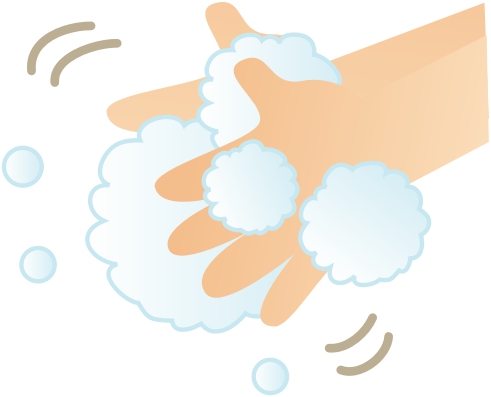
Wash Your Fruits and Veggies
It’s too easy not to wash our fruits and vegetables. Just pick it up and eat it or throw it into the pot to cook it. While this habit may not necessarily give us food poisoning, it can and at the very least we can put a lot of nastiness into our bodies through what we consume. Our fruits and veggies can be covered in pesticides, manure, and yes even human waste. At minimum rinse and brush under running water, but to really make sure you are getting rid of those nasties, soak for 12 minutes in a bowl of baking soda and water and then wash off. Or you can purchase some quality vegetable wash products. You may think throwing them into a boiling pot of water will get rid of the germs. While this may be true for some, pesticides and other particulates will just remain in the water and reattach when you pull them out, or cook right into the soft tissue of the vegetables.
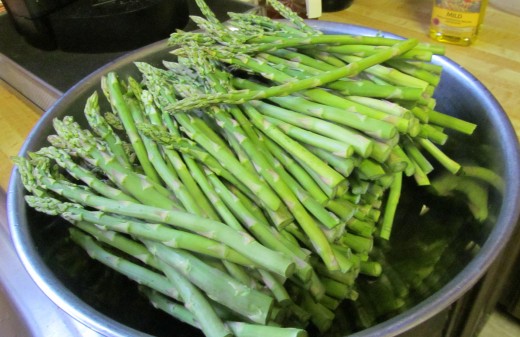
Cross Contamination in Preparation
One of the biggest culprits for food poisoning is cross contamination. Someone cuts up a chicken and then either uses the same surface to cut up their fruits and veggies or sets some other food or dish into spilled juices from the meat or raw egg. Make sure to wipe up thoroughly with soap and water after preparing any meat product. Then make sure the dish cloth is cleaned well before using again. The last thing you want to do is spread those raw meat juices across your countertop or table. Personally, I will not reuse a dishcloth after wiping up after any poultry and replace it with a fresh one immediately after the poultry is done being handled. This goes for utensils as well. Sticking a utensil into raw meat or eggs and then using it elsewhere or worse putting it into your mouth is an easy way to cross contaminate your food. Again, wash hands after touching raw meat or eggs.
Cross Contamination During Storage
You get home from the store and toss that package of hamburger into the refrigerator. The problem is, there is a bowl of last night’s leftovers just below it. One drip from that raw meat into that dish can be enough to contaminate it. No raw meats should be stored over or immediately adjacent to other foods even if they are covered. Sometimes you put a package of meat into the refrigerator and the package leaks or carries contaminates on the outside wrapper. It is best to set your meats on a plate or place in another bag or dish. Also, make sure to clean up any spills or drips with hot soapy water as soon as possible from the refrigerator trays or lower areas where it may have dripped.
Cooking Contaminations
Maybe you are frying up some ground beef, but as you break up the meat a large piece jumps the edge of the pan and falls onto the stove. Most people simply pick it up and throw it back into the pan. Also, true when someone is mixing up something on the counter. I do not see this as a big problem if one thing is adhered to. Make sure that the stovetop, counter, or other surface was cleaned well before food preparation. Just some soap and water is all that’s needed, although you may also use some spray cleaner.
Cutting up meat or chopping vegetables should be done on separate cutting boards. A big risk is reusing the same cutting space for various products. This leads to many food poisoning illnesses. For smaller items, I often use a plate instead and then promptly put it into the dishwasher, so it will not be reused. When using a cutting board make sure to rinse off any juices immediately and wash as soon as possible. Every once in a while it's a good idea to pour a bit of hydrogen peroxide to kill germs. Also, remember to switch or wash off your knives or utensils that are used between raw meats and other meal items.

Change Out the Dishcloth and Towel!
When I was growing up I remember smelling the dishcloth. If it did not reek we used it. That could have been a week after originally being put out. The same was true for the hand towels we used. Not a great habit to have. Over the years, I shortened that timespan more and more. Today, I change my dishcloth and hand towel out every morning. Maybe more if I am dealing with something especially messy or nasty like meat juices. Sponges are a whole other animal. They are bacteria factories and while you can microwave them to kill some of the bacteria, you never kill it all. I suggest being careful when using sponges.
Undercooking meats
This is the biggie! Undercooked meats are a huge culprit in causing food borne illnesses. If a piece of meat already carries the bacteria and is not cooked through thoroughly then the bacteria does not die. While a rare steak is not usually a culprit due to its solid nature, ground meats, poultry, and pork need to be completely cooked to kill all the organisms. A simple Internet search can lead you to the correct cooking temperatures and timings for cooking various meats and poultry.
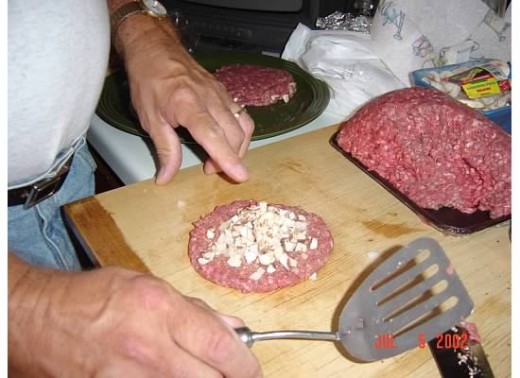
Thanksgiving is a big cooking holiday at my house. For that reason, I am even more vigilant about protecting my family and friends. I make sure to change out cloths and towels often and wear an apron during cleaning my turkey so that any contaminants are not transferred onto my clothes. After prepping my turkey, I completely clean all areas that come in contact with the raw meat and juices, then I remove all cleaning towels, cloths, and the apron and then thoroughly wash my hands before putting out new ones. This makes it much less likely that I will cross contaminate the other items I will be serving. I also make sure that no other dishes or pies are nearby where they could be splashed by any raw turkey parts or juices. It’s a good rule of thumb to do this for any large meal where many foods may be nearby.
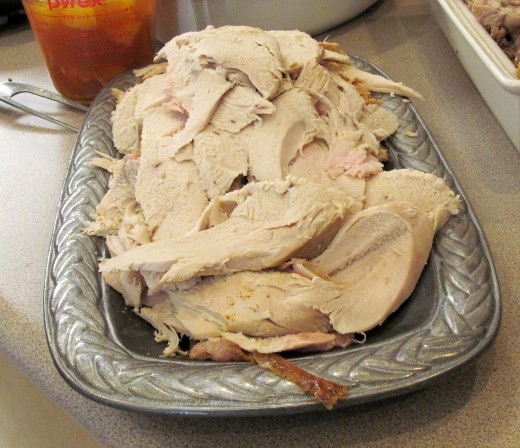
The safety measures above are just some of the ways that help keep your family safe. Do you have any other’s you would like to share?
© 2018 Lorelei Nettles








